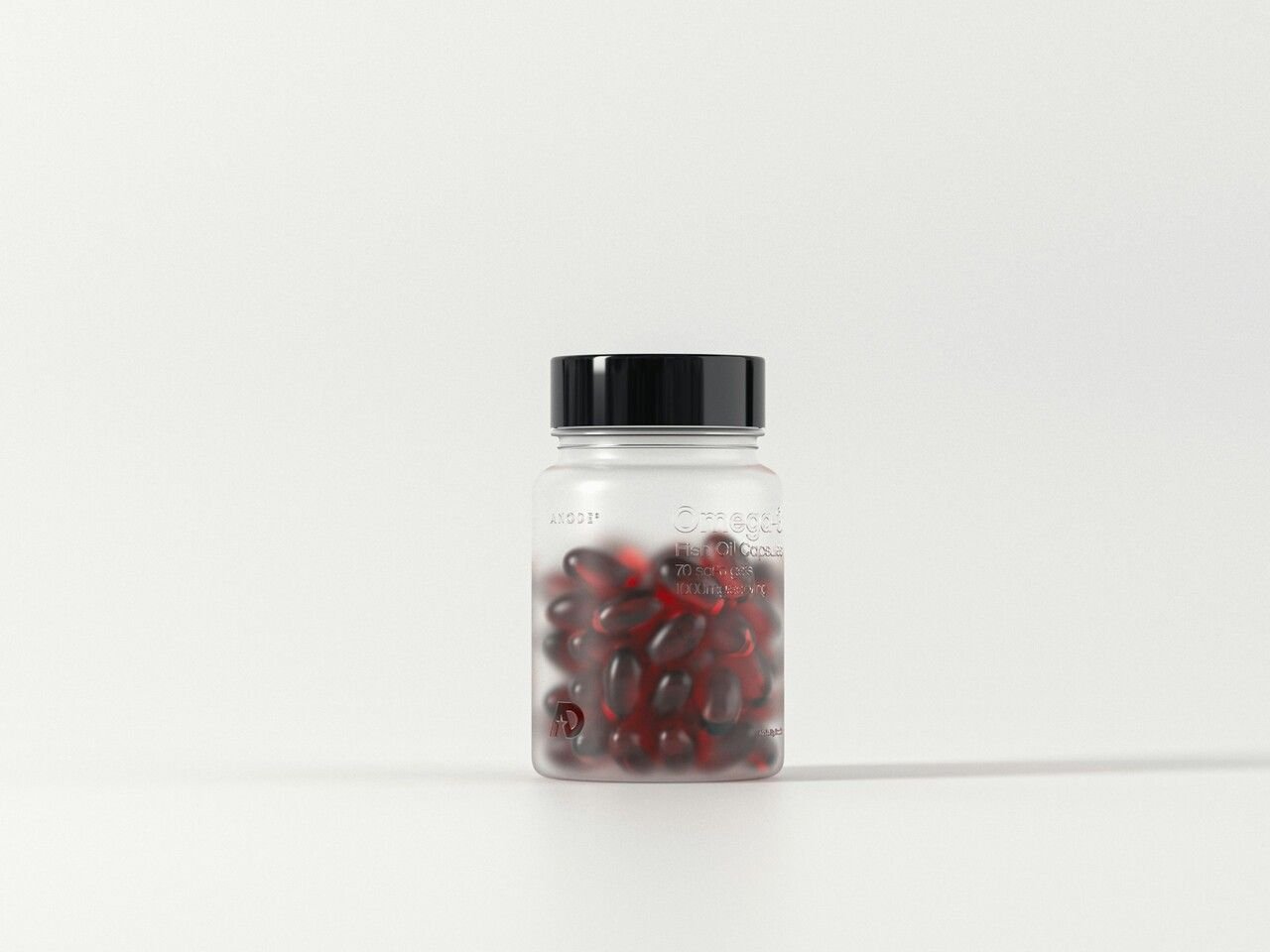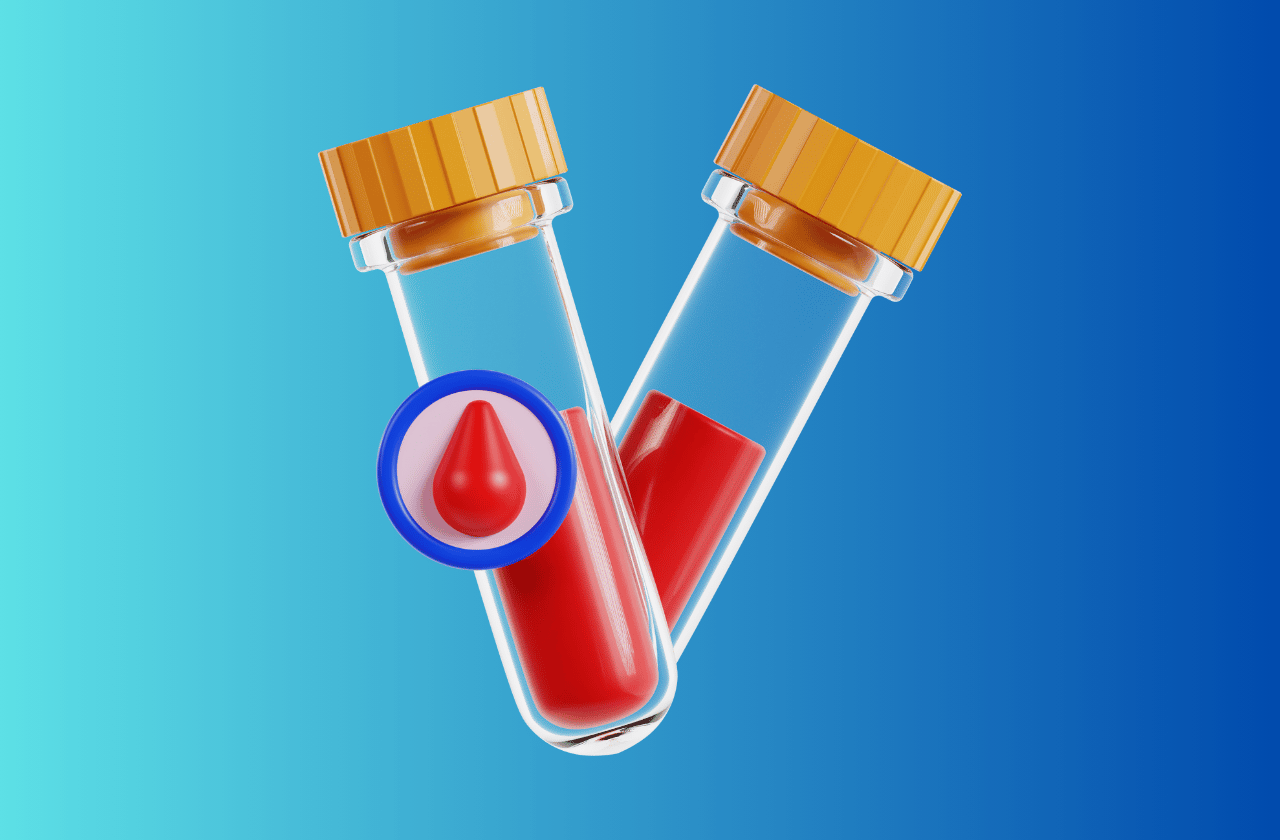Oxidative Stress 101: Causes, Effects and Prevention Tips
Your body constantly works to maintain balance. One key factor in this is oxidative stress. This happens when unstable molecules, called free radicals, outnumber your body’s natural defenses.
When this balance is off, it can lead to cellular damage. This damage can silently impact your energy, how you feel, and even how quickly you age. Yet, many people don’t notice oxidative stress until its effects become clear.
The good news is that you have more control than you might think. This guide will explain what oxidative stress is and its underlying causes. You’ll also learn how it affects your cells and discover practical, science-backed ways to protect your long-term health.
Key Takeaways
- Oxidative stress involves a subtle yet critical imbalance at the cellular level, influencing your overall health and vitality.
- Both internal biological processes and external lifestyle factors can significantly impact this delicate cellular equilibrium.
- The ongoing battle between damaging free radicals and your body’s protective defenses profoundly affects cellular function and the aging process.
- You can actively adopt simple, practical strategies to bolster your body’s natural defenses, maintaining optimal cellular health and promoting longevity.
What Is Oxidative Stress?

Oxidative stress happens when free radical activity overpowers your body’s antioxidant defenses. This creates an imbalance that can harm your cells and tissues.
Scientists now understand that oxidative stress is more complex than just an imbalance. It involves disrupted “redox signaling,” which affects how your cells communicate and adapt.1 This impacts their overall function and resilience.
Why does this matter? Chronic oxidative stress doesn’t just damage cells. It can also impact overall health, hinder cellular function, and even accelerate aging.
Maintaining a healthy redox balance is therefore important for supporting cellular vitality and promoting long-term health.
Key Players: Free Radicals and Antioxidants
Free radicals are unstable molecules with unpaired electrons. This makes them highly reactive in your body.
They form naturally during normal processes and serve important functions:
- Help with cell signaling2
- Support immune defense against microbes3
- Participate in normal metabolic processes
Reactive oxygen species (ROS) are the main free radicals in your body. They come from:
- Mitochondrial energy production
- Environmental exposure to pollution
- Radiation and toxins
While necessary in small amounts, excessive free radicals overwhelm your body’s protective systems.
Antioxidants neutralize free radicals by giving them electrons.4 This stops the chain reaction that could damage your cells.
Your antioxidant defense system includes:
- Enzymes like superoxide dismutase and catalase
- Vitamins C and E
- Plant polyphenols from your diet
These work together to maintain balance and support cellular health, reducing oxidative stress.
Causes of Oxidative Stress

Oxidative stress can arise from a mix of internal and external factors that tip the balance between free radicals and antioxidants. While some oxidative activity is normal and even necessary, certain conditions can push the body beyond its natural defenses, resulting in cellular damage.
Internal Factors
Many free radicals are generated as natural byproducts of essential metabolic processes. The mitochondria, often called the cell’s “powerhouse,” produce energy by burning fuel with oxygen, which inevitably generates ROS in the process.5
Immune responses could also trigger oxidative stress.6 When the body fights off pathogens, immune cells release bursts of ROS to neutralize threats, which can temporarily increase oxidative stress.
Even regular exercise, while beneficial overall, causes a temporary spike in free radical production as muscles use more oxygen. However, with consistent moderate activity, the body adapts by boosting its own antioxidant defenses.7
These internal factors only suggest how oxidative stress is a normal part of life, but can become harmful if not kept in check. Taking steps to support your mitochondria can make a real difference in how your body manages oxidative stress.
Environmental Factors
Beyond what happens inside your body, the world around us challenges your antioxidant defenses.
External factors can trigger excess free radical production, making it harder to maintain balance.
Common environmental sources of oxidative stress include:8
- Air pollution and toxins from vehicle exhaust, industrial emissions, and pesticides trigger ROS production
- UV and ionizing radiation from sun exposure and medical imaging directly damage DNA and generate free radicals
- Heavy metals like lead, mercury, and cadmium promote free radical formation through redox reactions
- Tobacco smoke contains both stable and unstable free radicals that damage DNA, lipids, and proteins9
Reducing your exposure to these environmental factors helps protect your cellular health and lowers oxidative stress.
Lifestyle Factors
Certain everyday habits are major contributors to the development of oxidative stress.
- Diets high in processed foods and refined sugars can increase inflammation and boost free radical production10
- Sedentary behavior can also impair antioxidant defenses and increase oxidative stress11
- Chronic psychological stress elevates stress hormones, which can reduce antioxidant capacity12
- Excessive alcohol consumption is also linked to greater oxidative damage13
- Poor sleep habits disrupt the body’s natural repair processes, making cells more vulnerable to oxidative injury.14
Addressing these lifestyle factors is important for those looking to minimize oxidative stress and support overall health.
Effects of Oxidative Stress on the Body

Oxidative stress can quietly undermine your health by damaging cells and disrupting normal biological processes. When free radicals overwhelm antioxidant defenses, the resulting cellular damage can affect nearly every part of the body and contribute to a wide range of health conditions.
Cellular Damage
Excessive oxidative stress can lead to lipid peroxidation, which damages cell membranes and impairs their function.15 Proteins can become oxidized, losing their structure and activity, which disrupts cellular operations.16
DNA is also vulnerable; oxidative lesions can cause mutations and genetic instability, raising the risk for various diseases.
Disrupted cell signaling pathways further compromise how cells communicate and respond to their environment.
Health Conditions
According to a study in Oxidative Medicine and Cellular Longevity, oxidative stress may promote cardiovascular diseases, neurological and neurodegenerative disorders.
It also plays a role in metabolic disorders (including diabetes and insulin resistance), inflammation-related conditions, and cancer development by promoting chronic inflammation and genetic changes.17
Oxidative Stress and Aging
Over time, oxidative damage accumulates, contributing to cellular senescence and the aging process. The “oxidative stress theory of aging” suggests that this buildup of damage leads to functional decline and age-related conditions.18 Managing oxidative stress is key to supporting healthy aging and longevity.
How to Prevent Oxidative Stress

Preventing oxidative stress is about making consistent, evidence-based choices that support your body’s natural defenses. By focusing on diet, exercise, lifestyle, and smart supplementation, you can help reduce oxidative stress and promote long-term cellular health.
Diet Approaches to Reduce Oxidative Stress
A Mediterranean-style diet, rich in fruits and vegetables, whole grains, legumes, nuts, and olive oil, has been shown to lower oxidative stress and inflammation, supporting healthy aging and cardiovascular health.
Plant-rich diets are especially effective, providing a spectrum of antioxidants, vitamins, and phytonutrients that work together to neutralize free radicals.
Limiting pro-oxidant foods-such as processed foods, refined sugars, and trans fats-is equally important. Top antioxidant-rich foods to include regularly are berries, leafy greens, cruciferous vegetables, and nuts.
Bonus Read: Check out our guide on the best flavonoid foods and supplements for supporting antioxidant levels.
Exercise and Physical Activity
Regular, moderate exercise boosts your body’s antioxidant defenses.19 Over time, this activity lowers oxidative damage and strengthens your natural protection systems.
Finding the right balance is key. Too intense workouts without proper recovery can temporarily increase oxidative stress.
Aim for consistent, moderate activity most days of the week. Short walks after meals can help manage glucose spikes and reduce related oxidative stress.20
Quick Tip: Supporting your cellular energy production can enhance exercise benefits. Jinfiniti’s Creatine + ATP supplement provides dual support for physical performance and cellular energy systems.
Lifestyle Changes
Managing stress through mindfulness, meditation, or relaxation techniques can lower stress-induced free radical production.
Reducing exposure to environmental toxins, prioritizing quality sleep, maintaining a healthy weight, and aligning your daily habits with your natural circadian rhythm all help minimize oxidative stress.
Bonus Read: For more practical longevity habits, check out these 50 Easy Habits for a Longer Life.
Antioxidant Supplementation
While increasing antioxidant intake through supplementation is popular, the evidence for their effectiveness in preventing disease is mixed.21
Whole foods provide a complex mix of antioxidants and supporting compounds that work synergistically, something that isolated supplements can’t fully replicate.
Supplements may be beneficial for individuals with specific deficiencies or increased needs, such as during periods of high oxidative stress or aging.22
Two of our highly recommended supplement options are Extra Strength Turmeric+ and SenoAid. Both contain compounds shown to support the body’s antioxidant response and healthy inflammation function.
Testing and Monitoring Oxidative Stress

Understanding your oxidative stress levels requires objective measurement.
Biomarkers reveal the balance between free radical production and your antioxidant defenses.
Key oxidative stress markers include:
- 8-OHdG (shows DNA damage)
- Malondialdehyde (indicates lipid peroxidation)
- Protein carbonyls (reflects protein damage)
- Glutathione levels (measures antioxidant capacity)
Testing offers two major benefits. First, it establishes your baseline so you can track changes over time.
Second, it enables truly personalized interventions based on your specific needs.
If testing shows high DNA damage but normal antioxidant capacity, your approach would differ from someone with the opposite pattern.
Jinfiniti’s AgingSOS longevity test measures key oxidative stress indicators, including Reactive Oxygen Metabolites (ROM). This gives you a clear picture of your cellular health status.
Regular monitoring helps evaluate the effectiveness of your health strategies. You can adjust your diet, exercise, or supplements based on real results rather than assumptions.
This evidence-based approach puts you in control of your cellular health with measurable data.
Quick Review

Oxidative stress plays a crucial role in your health and aging process. It affects everything from how your cells function to your risk of chronic diseases.
Understanding what causes oxidative stress and how to reduce it empowers you to support your long-term wellness.
Scientific research confirms that a comprehensive lifestyle approach works best. This includes:
- Eating a nutrient-rich diet
- Staying physically active
- Managing stress effectively
- Minimizing exposure to environmental toxins
These strategies help maintain oxidative balance and promote healthy aging.
Tracking your biomarkers gives you valuable insights into your cellular health. This data allows you to make informed lifestyle choices that enhance your resilience at the cellular level.
This proactive approach to extending healthspan aligns with Jinfiniti’s core mission: providing science-backed tools and insights to optimize your cellular health so you can live healthier for longer.
Referenced Sources:
- https://www.mdpi.com/2073-4409/14/7/511 ↩︎
- https://www.nature.com/articles/s41420-024-02278-8 ↩︎
- https://pmc.ncbi.nlm.nih.gov/articles/PMC3614697/ ↩︎
- https://www.health.harvard.edu/staying-healthy/understanding-antioxidants ↩︎
- https://www.mdpi.com/1467-3045/45/5/283 ↩︎
- https://www.frontiersin.org/journals/immunology/articles/10.3389/fimmu.2017.00459/full ↩︎
- https://www.frontiersin.org/journals/physiology/articles/10.3389/fphys.2016.00486/full ↩︎
- https://www.frontiersin.org/journals/physiology/articles/10.3389/fphys.2020.00694/full ↩︎
- https://pmc.ncbi.nlm.nih.gov/articles/PMC2672368/ ↩︎
- https://pmc.ncbi.nlm.nih.gov/articles/PMC2868080/#:~:text=Diet+and+Inflammation,inflammatory+dietary+contributions+(1). ↩︎
- https://pmc.ncbi.nlm.nih.gov/articles/PMC6025138/ ↩︎
- https://www.sciencedirect.com/science/article/abs/pii/S0306453013000425 ↩︎
- https://pmc.ncbi.nlm.nih.gov/articles/PMC9311529/#:~:text=Ethanol+metabolism+has+been+associated+with+increased+oxidative+stress+%5B14,inhibition+of+neurogenesis+%5B23%5D. ↩︎
- https://pmc.ncbi.nlm.nih.gov/articles/PMC8602722/#:~:text=Sleep+loss+and+mistimed+sleep,to+increased+sympathetic+activity278. ↩︎
- https://pmc.ncbi.nlm.nih.gov/articles/PMC5551541/ ↩︎
- https://pmc.ncbi.nlm.nih.gov/articles/PMC4307243/ ↩︎
- https://pmc.ncbi.nlm.nih.gov/articles/PMC2990475/ ↩︎
- https://pmc.ncbi.nlm.nih.gov/articles/PMC5927356/ ↩︎
- https://pmc.ncbi.nlm.nih.gov/articles/PMC4393546/ ↩︎
- https://pmc.ncbi.nlm.nih.gov/articles/PMC9561969/ ↩︎
- https://pmc.ncbi.nlm.nih.gov/articles/PMC9774512/ ↩︎
- https://pmc.ncbi.nlm.nih.gov/articles/PMC9774512/ ↩︎























































